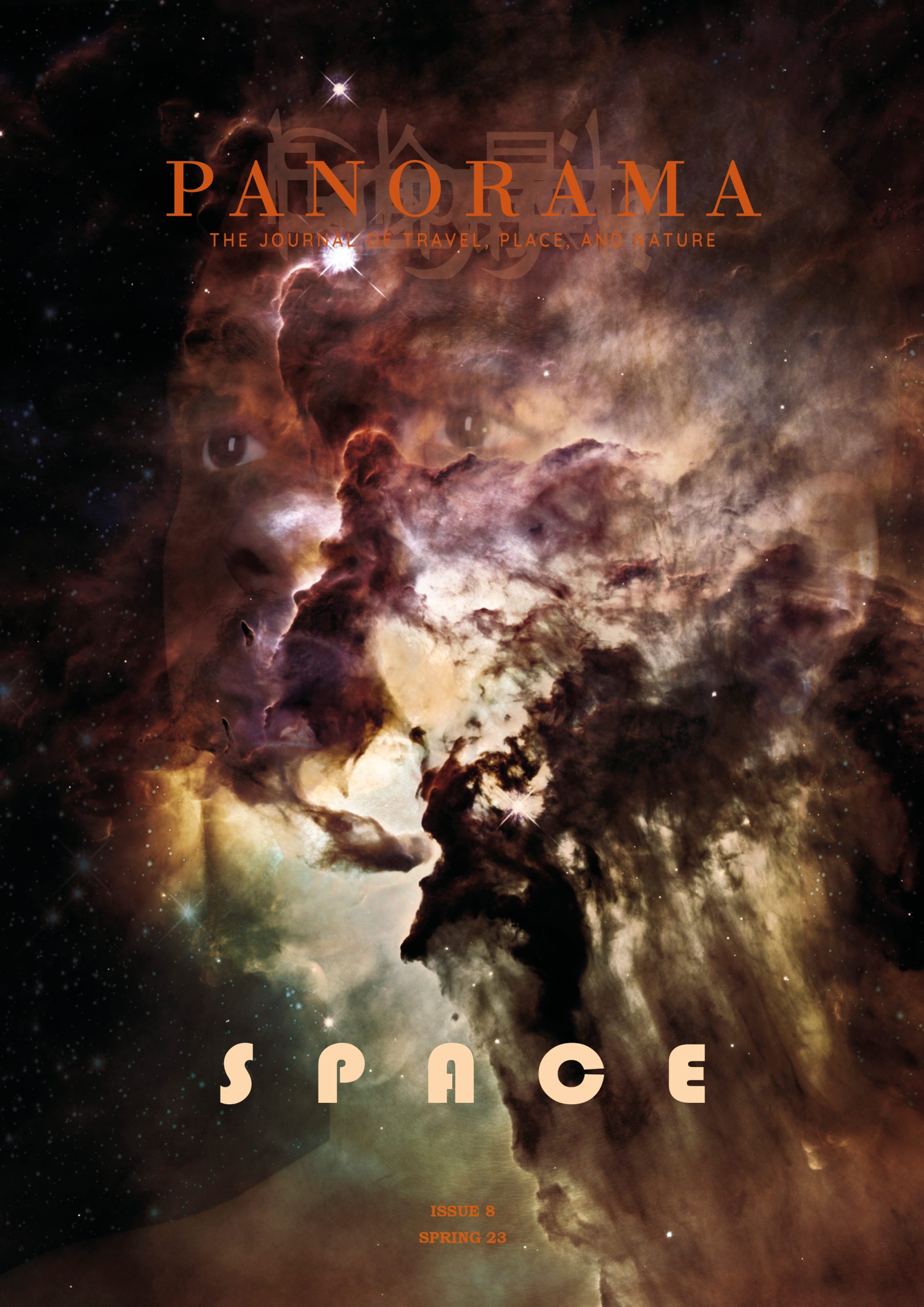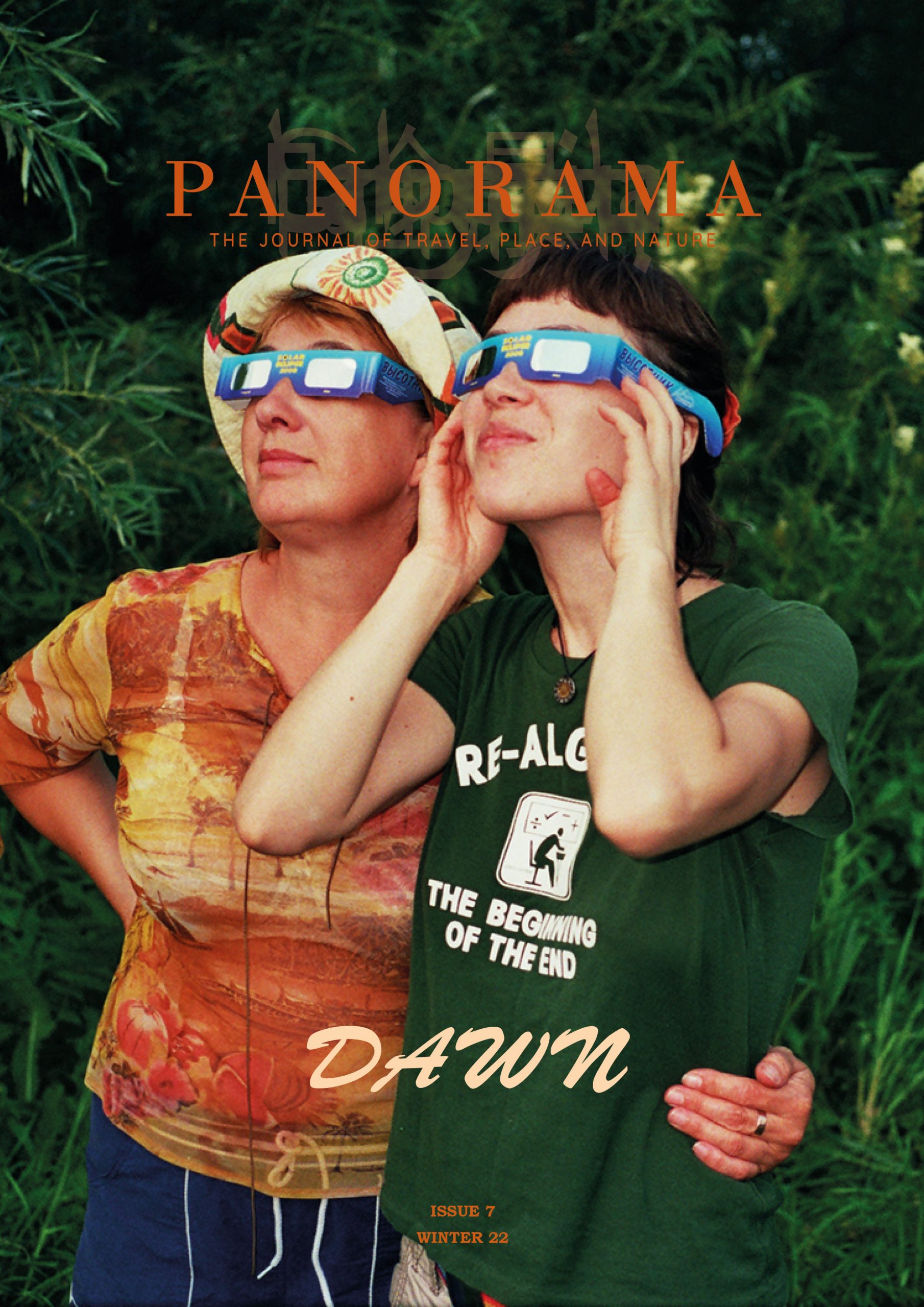I wore my Afrodelik Designs shirt by a Toronto-based designer Dezi Dee. It depicts the profile of a black woman, outlined in white on a black background, nude from the tummy up with a chain around her neck. I figured that this image would be a reminder of what actually happened at the plantation even if my tour guide gave a “prettied up” tour that focused on the colonial architecture of the buildings, the wealth and influence of the family who owned the slaves and property, and the “flora and fauna”.
To be honest, I wasn’t intent on going to visit a tourist site where enslaved Africans suffered (like my enslaved ancestors did in Jamaica). I had just spent the last few days with “my girls” at the Essence festival, one of the largest annual gatherings of people of African descent in the United States — meeting Janelle Monae, listening at the feet of Queen Oprah, my hair all styled from a demo, dancing to Brand New Heavies and Puff Daddy and the Family. Yup. Visiting a slavery museum was a definite buzzkill. However I didn’t want to regret not going later after I would inevitably see the photos and hear the conversations that were to be had by my three friends who each donned African-printed tailored dresses and skirts. No, I was not going to let myself be left out either.
My friends and I arrived at the Laura Plantation in the hot afternoon after a sticky drive through the Louisiana countryside. We walked through the wooden cabin that served as store and admission booth, stocked full of period piece tea sets and souvenir tchotchkes like keychains and mugs. I eyed the literary collection and spotted music booklets containing Americana folk songs and spirituals. We waited around a few moments for the next tour to start by occupying ourselves with the washroom, snapping photographs, and sitting on the porch. What amazed me about this place was that it was so so very quiet, perhaps too still. Our young tour guide joined us, as well as a French photography student and other European tourists through the grounds of the plantation which was surrounded by large oak trees. We stood in their cool shade as he described “the big house.” Then we were taken through each room and told stories about the portraits and the construction. He then took us out to the back about one hundred yards across a field where stood reconstructed sheds where the slaves would have lived. As these were not originals, they were approximations of what their homes would have looked like.
Thankfully, the guide at the Laura Plantation helped us see both sides of the experience of living on a plantation — meaning I felt no need to interrupt the tour to correct false information, or leave it entirely because of huge omissions or find, hire, and return with my own informed tour guide, or try to join another tour group in progress led by a Black tour guide only to be told I couldn’t do that by staff and when we told him why, he still said no, or to find that same Black tour guide as he was leaving for the day to ask him questions about the experiences of the enslaved Africans (and he taking 10-15 minutes to do so), or to find out that the only day they did tours of the slave quarters and experiences was on Friday although it was Monday of the weekend of the Essence festival and I didn’t know that there would be only one day out of seven to talk about the enslaved Africans who lived at this plantation that they also constructed the gorgeous houses (nor know realistically when again I could return since I live thousands of miles away in another country) or to suddenly get up to leave the Confederate army Civil War tent and its long-winded host to get “a really long drink of water” or witnessing our white bus tour guide give an irate threat to “call the police” on a Black woman in the group who was talking behind him while he described the city’s buildings like I experienced on tours in such places as Freeport in Bahamas, Cape Coast Castle and Elmina Castle, Cape Coast in Ghana in general, a certain tour company in New Orleans, or another plantation not too far away.
Later upon reflection, there were different things that I appreciated about this tour guide. First, he gave equal time to describing life in the “big house” as he did to the slave cabins. He even showed family trees of the enslaved Africans and described how their lives intertwined with the slave masters, which was a compliment to the many portraits of slave-owning families he showed earlier. He spoke about “where are they now” in regard to the enslaved descendants. Regarding the absence of children who were also on the tour, he told me that most times the “intertwining families” were a result of rape. He even self-identified as a white man of English descent (the colonisers, he said) which told me he took the time to process and acknowledge the complexity and tension of leading tours on a slave plantation in 2016.
I thanked my tour guide for listening to my questions and learning from me, a tourist, too, as I explained the reason why African descended women wore their hair wrapped (in tignons) in the 1700s and 1800s. It was law, but for Black women to cover their hair as oppressed people often do was to create style out of restrictions and often white slave-owning women, like the one whose painting hung on the wall in the house, copied the trend. I explained how the Micmac and Algonquin First Nations were in fact different ethnic groups, separated by hundreds of miles in Canada, and told him that it was important for him to give both sides to the complicated life “on the plantation.”
He thanked me for sharing my knowledge and wanted to know even more. I realise now that this was probably not a typical tour for either of us. The tour was more of a dialogue, a discussion of the artefacts, structures, and the complex, and at times, painful history that surrounded us. Nonetheless, it was a refreshing tour—a mutual learning experience—one in which I felt validated co-constructing my tour with a guide who did not mind that I didn’t take it, not even his very words, at surface value.










